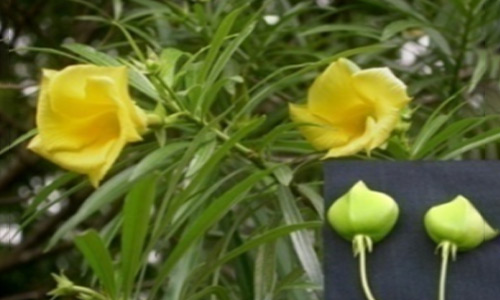We value your privacy
We use cookies to enhance your browsing experience, serve personalized ads or content, and analyze our traffic. By clicking "Accept All", you consent to our use of cookies.
We use cookies to help you navigate efficiently and perform certain functions. You will find detailed information about all cookies under each consent category below.
The cookies that are categorized as "Necessary" are stored on your browser as they are essential for enabling the basic functionalities of the site. ...
Necessary cookies are required to enable the basic features of this site, such as providing secure log-in or adjusting your consent preferences. These cookies do not store any personally identifiable data.
No cookies to display.
Functional cookies help perform certain functionalities like sharing the content of the website on social media platforms, collecting feedback, and other third-party features.
No cookies to display.
Analytical cookies are used to understand how visitors interact with the website. These cookies help provide information on metrics such as the number of visitors, bounce rate, traffic source, etc.
No cookies to display.
Performance cookies are used to understand and analyze the key performance indexes of the website which helps in delivering a better user experience for the visitors.
No cookies to display.
Advertisement cookies are used to provide visitors with customized advertisements based on the pages you visited previously and to analyze the effectiveness of the ad campaigns.
No cookies to display.
|
Division
|
Angiosperms |
|
Class
|
Dicotledons |
|
Subclass |
Gamopetalae |
|
Series |
Hypogynae |
|
Order |
Gentianales |
|
Family
|
Apocynaceae |
|
Genus
|
Thevetia |
|
Species
|
peruviana |

|
Etymology:
|
In honour of Andre Thevet (1502-1592), French monk who collected plants from Brazil. |
|
Botanical name:
|
Thevetia peruviana (Pers.) K. Schum. ( T. neriifolia Juss. ex Steud., Cascabela thevetia (L.) Leppold) |
|
Local/Trade Names: |
Yellow Oleander, Be-Still Tree, Trumpet Flower, Lucky Nut, Bastard Oleander, Pila Kaner |
|
Conservation status: |
Commonly cultivated in India. |
|
Digonestic features: |
Leaves linear-lanceolate; flowers yellow. |
|
Description: |
An evergreen shrub or a small tree. Leaves linear-lanceolate, 10-15 x 0.7-1 cm. Inflorescence a terminal cyme. Flowers golden-yellow, sometimes white or light ochre, fragrant, 5 cm across. Fruit a drupe, broader than long, 3 cm across. Seeds few, flattened, without coma. |
|
Phenology: |
Fls.: Summer and rainy season. |
|
Distribution: |
Tropical America. |
|
Where to see it: |
Near Energy Park. |
|
Uses: |
Tincture of bark is cathartic and emetic; also used as febrifuge. Leaves purgative and emetic. Roots are made into a plaster, applied to tumours. Seeds used as an abortifacient and purgative in rheumatism and dropsy; also used as an elexeteric. They are employed for criminal poisoning of cattle. All parts of plant including latex are poisonous and contain glycosides which are the active principles; of these pervoside is the most important. |
Chief Conservator of Forests & Chief Wildlife Warden is the Head of the Department. There is one post of Conservator of Forests & two posts of Deputy Conservator of Forests viz.